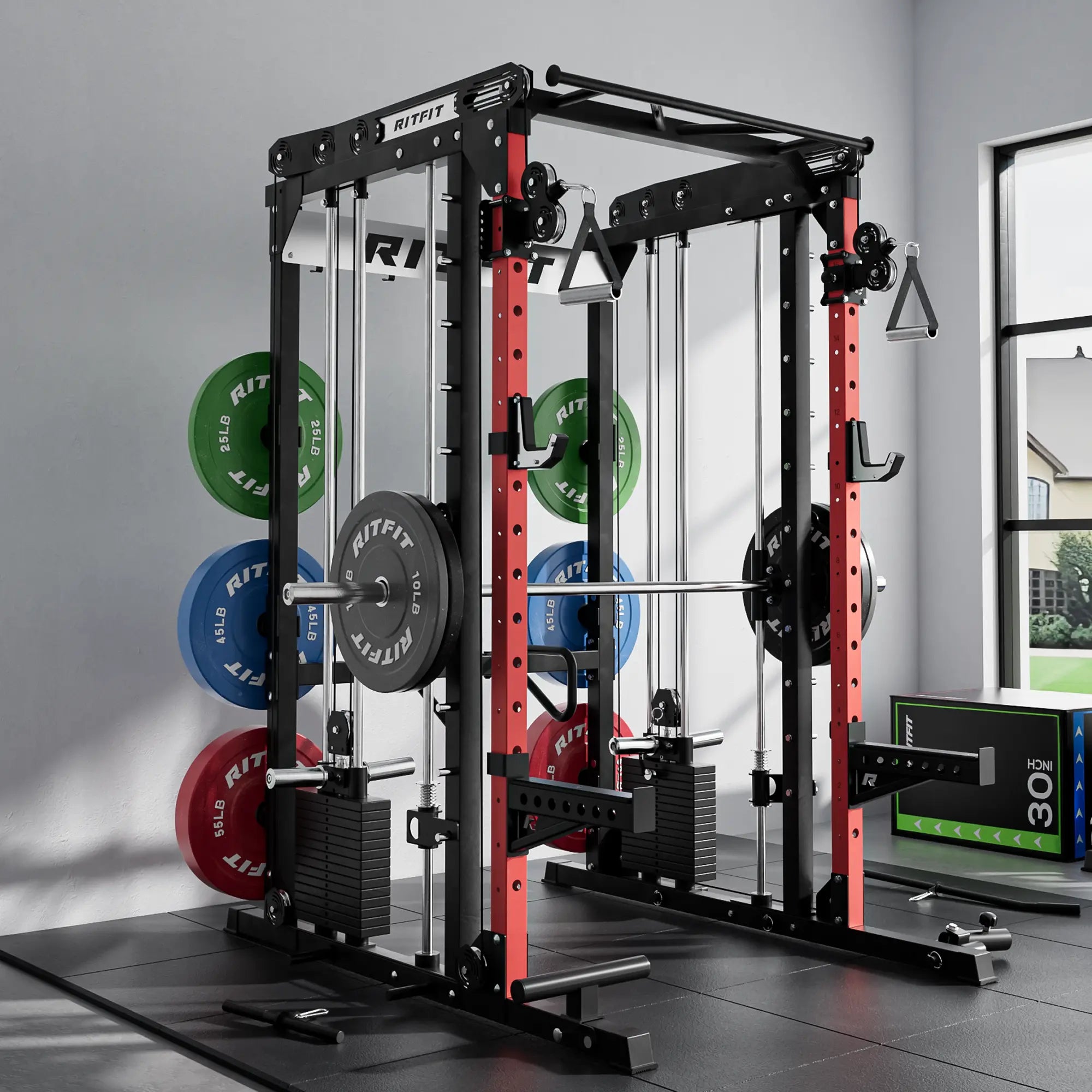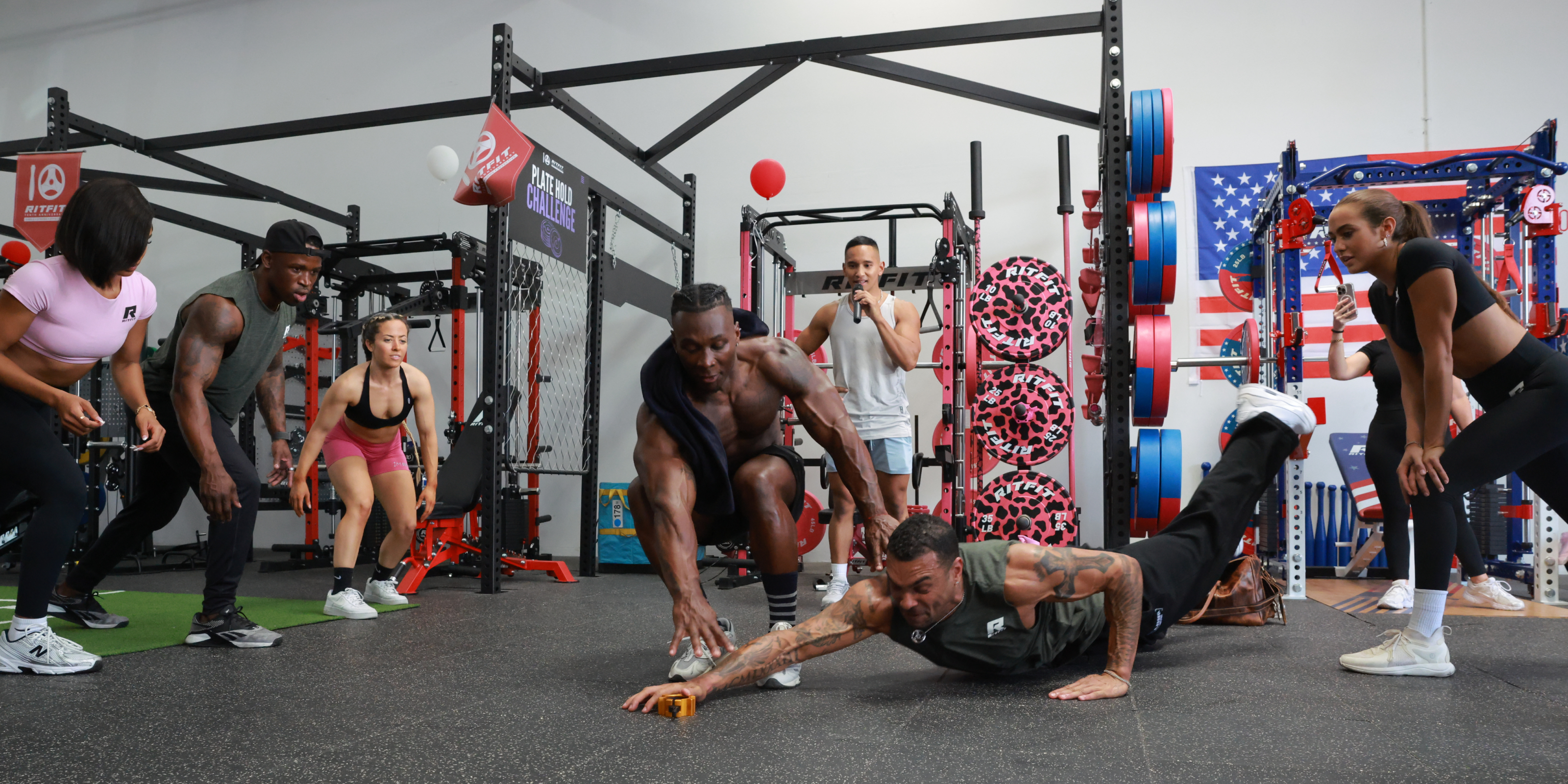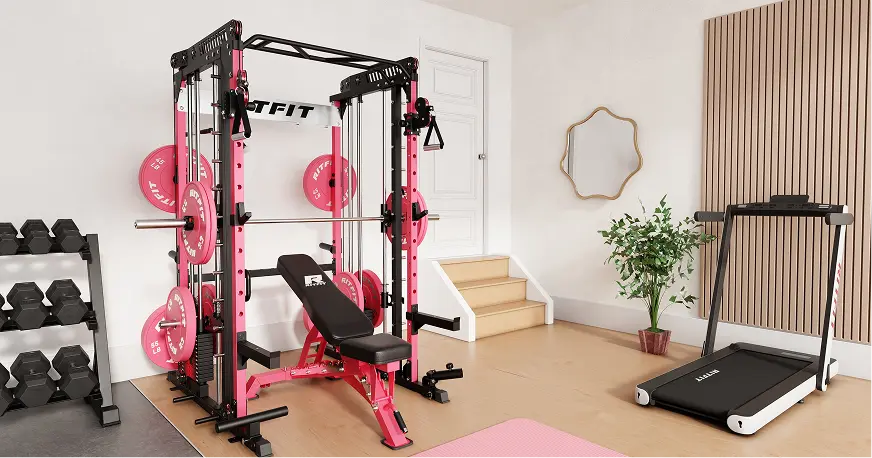A pull up band is a large rubber band that is tied around the pull up bar, then you place either a foot or a knee in the open “loop” hanging from the bar as you do your pull ups. Because pull ups are a body weight exercise, the more you weigh, the more difficult it is to do. The band will assist you by taking on some of the bodyweight load, making you “lighter” and allowing your muscles to complete the pull up movement at a more manageable weight. Pull up bands assist with the pull-up movement in any type of physical training- for those who are trying to achieve a strict or kipping pull up for the first time. Alternatively, pull up bands can also be used to assist those trying to achieve multiple unbroken reps, or max reps in a workout.
Pull Up Bands: How do they work?
The pull up is a difficult exercise that engages a multitude of muscle groups in the upper body, including your arms, shoulders, chest, and back. Additionally, different muscle groups are used at different times during the pull up exercise. Depending on one’s muscular strength, different people will struggle with different areas of the pull up. Some people have difficulty at the bottom of the pull up (“the hole”), while some have trouble finishing strong at the top, and cannot close the last few inches between the chest & the bar. A pull up band will provide the most assistance at the bottom of a pull up, and the least assistance at the top. This is due to the “rubber band” properties of the bands- the more it is stretched (the bottom of the pull up), the more force it expends in the opposite direction. The more slack the band, (the top of the pull up) the less assistance it provides. This means, essentially, pull up bands are most useful for those stuck at the bottom of the pull up- “the hole”- where the elbows & biceps are most heavily used in isolation. How is this useful? Well, of all the parts of the pull up exercise, most people have the most trouble with the bottom of the pull up. Without pull up bands, one can train towards a pull up by practicing “negatives” (lowering from the top of the pull up), jumping pull ups (jumping up and lowering from the top slowly), or doing half pull ups (start with the elbows at 90 degrees, go up to the top, then back down to the middle). All of these methods avoid the bottom of the pull up until one has built up more strength by moving through the middle-to-top range of pull up motion. Pull up bands- unlike these other methods of pull up training- allows one to start training at the bottom, engaging the muscles in the full range of motion.
Pull Up Bands: How do I use them?
There are a few different types of pull up bands that can be used in a few different ways. Pull up bands can vary by length, and by resistance. The shorter the length & higher the resistance, the more assistance the band will give you. Additionally, you can experiment with combining bands of different resistance together to find what works for you. Different brands of bands indicate assistance by the color or thickness of the band. Bands are sold individually, or in sets.
1. Lat Pull-Down
HOW TO DO IT: Loop a band around a pull-up bar and drop down to one knee on the floor. Grab the band with both hands shoulder-width apart. Engage your core as you squeeze your lats together and down while pulling the band town and toward your chest. Release back to the start with control. You can also do this move on a lat pull-down machine by placing your hands on the bar with a wide grip and sitting down facing the lat pull-down machine. Place your feet firmly on the floor, engage your core and squeeze your lats down and together as you pull the bar down to your chest. Let the bar return up with control and repeat. REP SCHEME: Use a weight that’s challenging for four sets of eight reps.
2. Pull-Up With Band
HOW TO DO IT: Loop a band around a pull-up bar. Start by placing one foot at the bottom of the loop to support your weight while your hands grab the pull-up bar with palms facing away from you. If you’re a beginner, start with a thicker band to support more of your weight. The thicker the band, the more support it provides. Engage your core and lats as you pull your chin up and over the bar. Lower down with control and repeat. REP SCHEME: Three sets of three to six reps.















